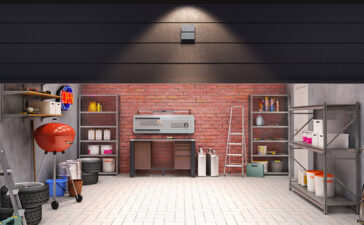Have you ever wondered how touch screens on cellphones, tablets, LED televisions, or other devices actually function? It’s amazing to think that we can now issue orders to our device with the touch of our hands and while this technology might look new, it really has been around since the 1960s.
In fact, the technology behind the touch screen can actually be traced back to the 1940s but only two decades later that it was really worth using on a large scale.
ATMs have been using technology since 1965 namely when E.A. Johnson found the first finger-based touch screen that really uses the same capacitive touch mechanism that is still used in cellphones and other devices to this day.
Although there are other types of touch screen technology such as resistive touch or multi-touch technology, capacitive touch technology is preferred for mass-produced consumer products.
How is the capacitive touch screen made?
At present, the capacitive touch screen functions through the use of the iTO touch movie that is attached to the screen. This touch film is basically a semiconductor that has been printed using semiconductor manufacturing methods such as roll to roll processing that uses rolls to roll the evaporator system to make electronic devices on flexible plastic.
The Evaporator Roll To Roll system from leading industrial manufacturers can produce Mass Movies Touch Ito that can be used on various devices such as smart phones, LCD or LED screens, tablets, and PC monitors.
Roll to Roll Technology is a preferred method than other technologies such as roll to plate and plate to technology plates because it offers a sustainable process and a higher throughput than others. The iTo Touch film is then programmed to use software that allows us to give our device instructions through the use of our fingers on the screen.
In fact, the semiconductor manufacturing process such as a roll to roll evaporator system is used for many other products too, such as solar panels, cameras, and printers.
Summary
So now you have the basic idea of which technology originates and the technology used to produce semiconductor films used on today’s touch screen. Without a machine that uses a roll to roll evaporator system, we will not be able to enjoy many touch screen devices available for us today.












